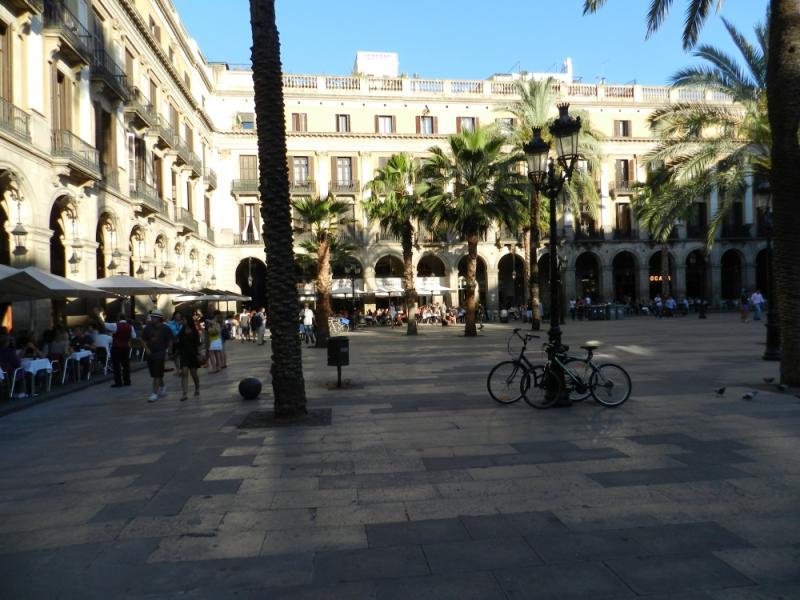Sensoria and Writing
 Yes, writing is about many things: plot, mood, character, bla-bla. That’s all true. But your conscious mind will work all those things out as the words come pouring out of you. The trick with writing is to fuel the fire that creates the outpouring of words. And what taps that well? What unleashes those thoughts, those images, that torrent of words that you later shape into plots and characters?
Yes, writing is about many things: plot, mood, character, bla-bla. That’s all true. But your conscious mind will work all those things out as the words come pouring out of you. The trick with writing is to fuel the fire that creates the outpouring of words. And what taps that well? What unleashes those thoughts, those images, that torrent of words that you later shape into plots and characters?
It is the senses. You stoke the fire of your soul through your senses. As Blake said, the road of excess leads to the palace of wisdom. And it’s not just excess, it’s any sensorial delight. For example, one of my favorite restaurants in Minorca is La Guitarra. You go in through this small wood plank door that looks like it was carved in the Middle Ages. You go down the steep cut-stone stairs into a dark basement. The floor is made of large worn tiles, also from the Middle Ages. There are many square wooden tables set at random, each covered with a crisp clean white table cloth. And thank goodness for the reflection of light off the tablecloths because your eyes have not adjusted from the light of day, coming in from the outside. Even at midday, the waiter will light a candle at your table, so you can read the menu. Their specialty is Caldereta de Langosta, a traditional lobster stew popular in Minorca. Large chunks of lobster in a thick vegetable/tomato base. It’s very good, one of the best versions on the island, but I prefer their Gambas al Ajillo, a simple dish of (huge) prawns sautéed in garlic and covered with a delicate wine sauce over rice. Simple but delicious.
What’s this got to do with writing? Conveying a scene in a story is all about conveying the experience of something. And you can’t convey the experience until you’ve had the experience. Try writing an S&M scene, for example.


